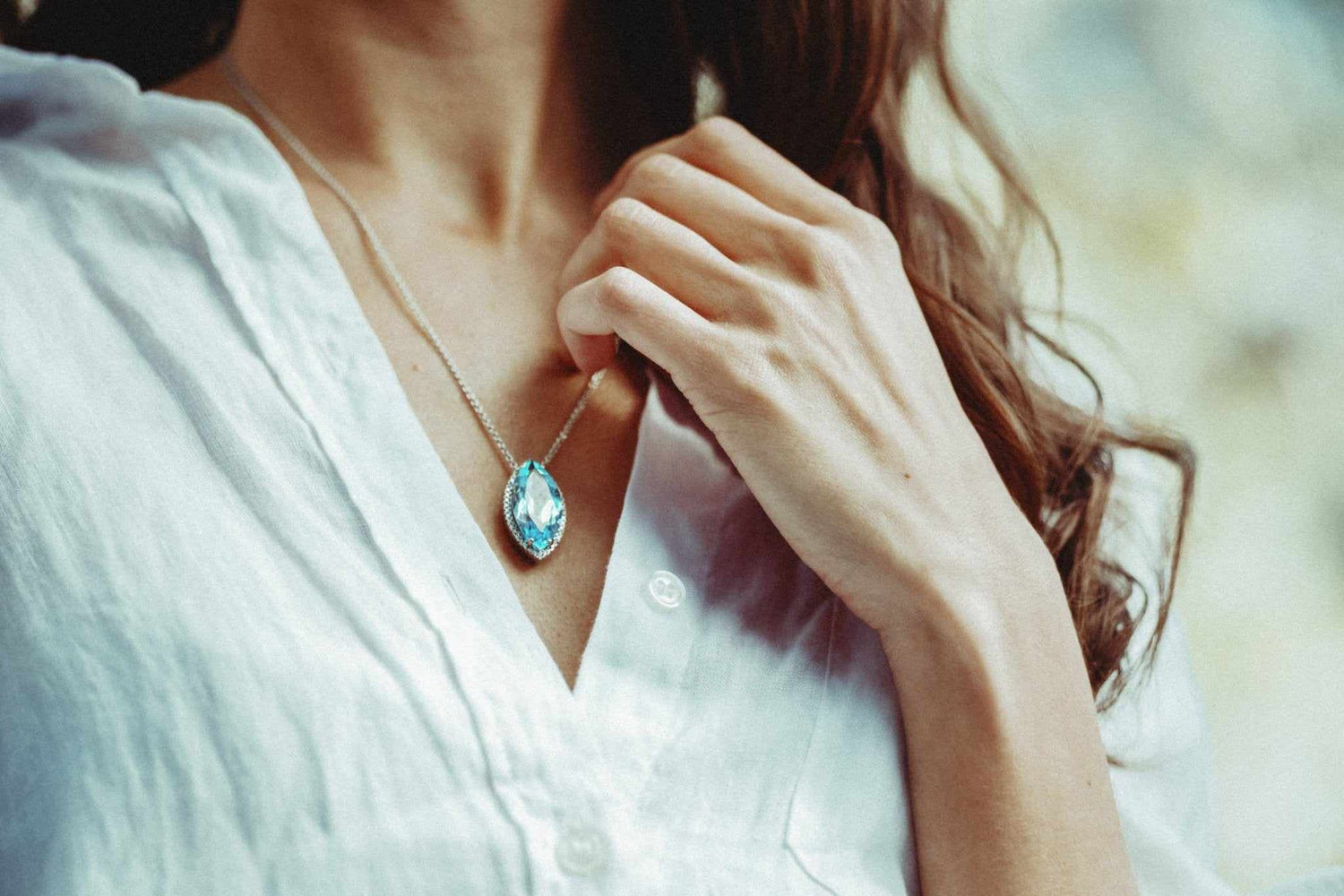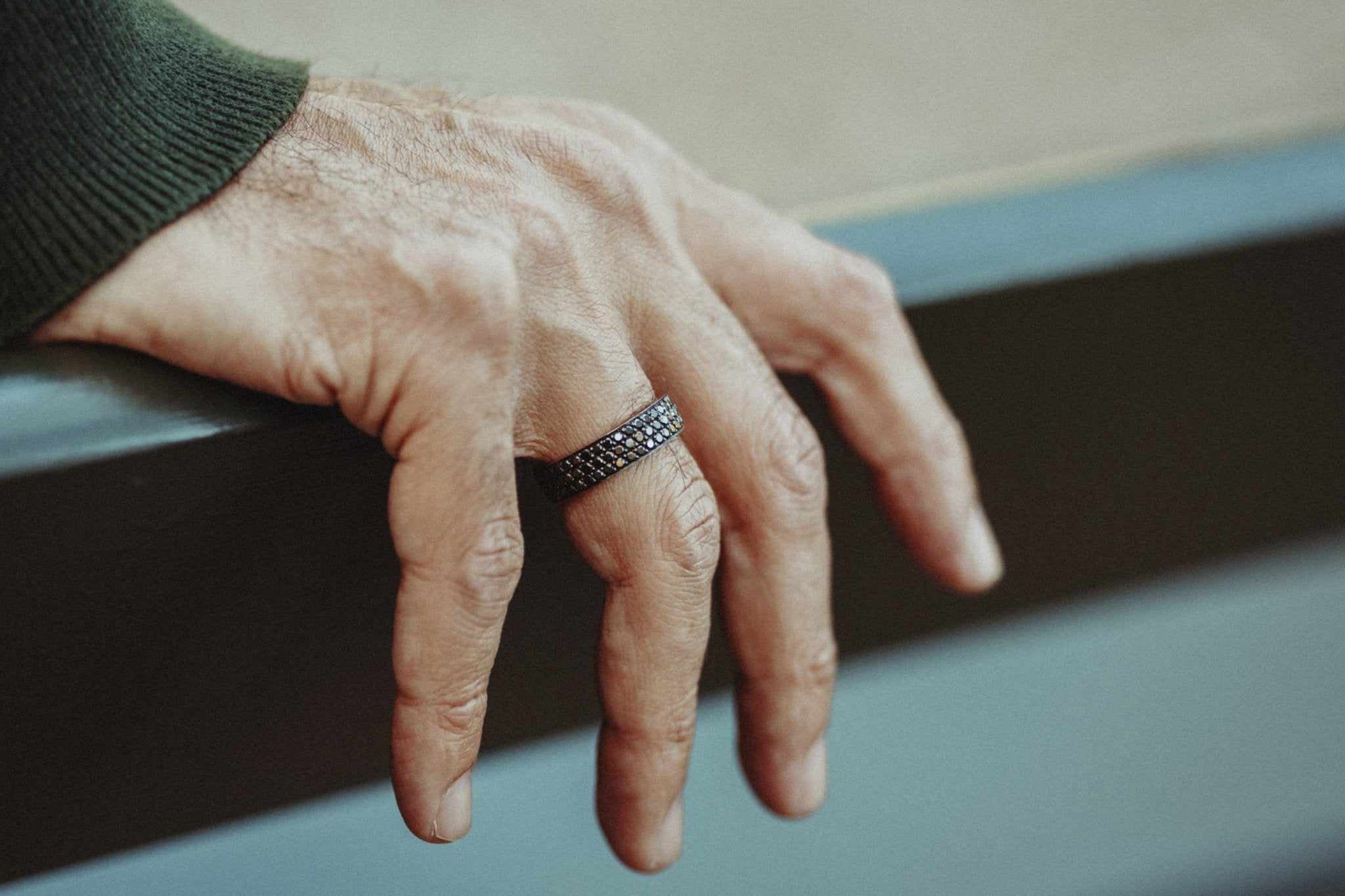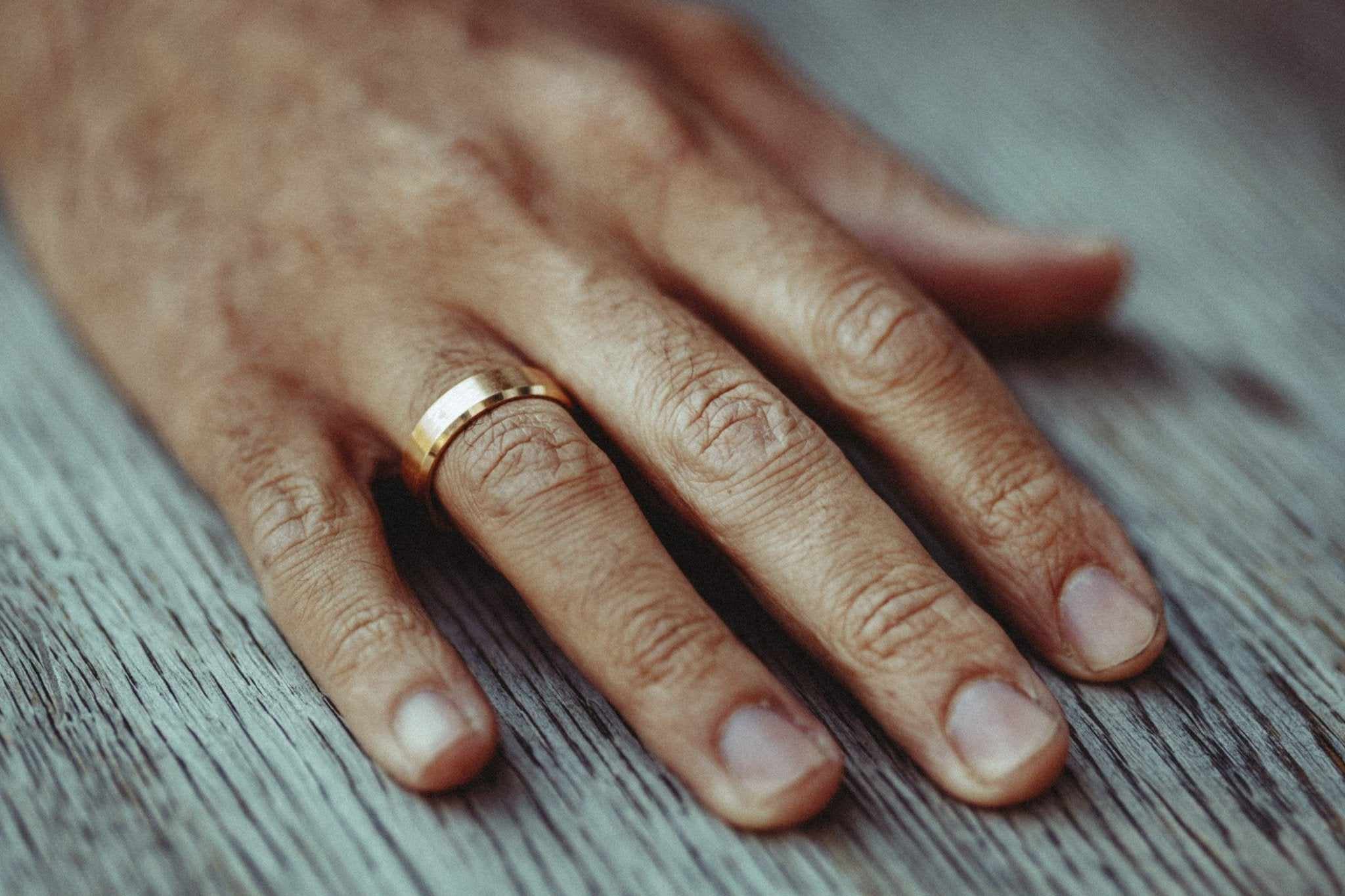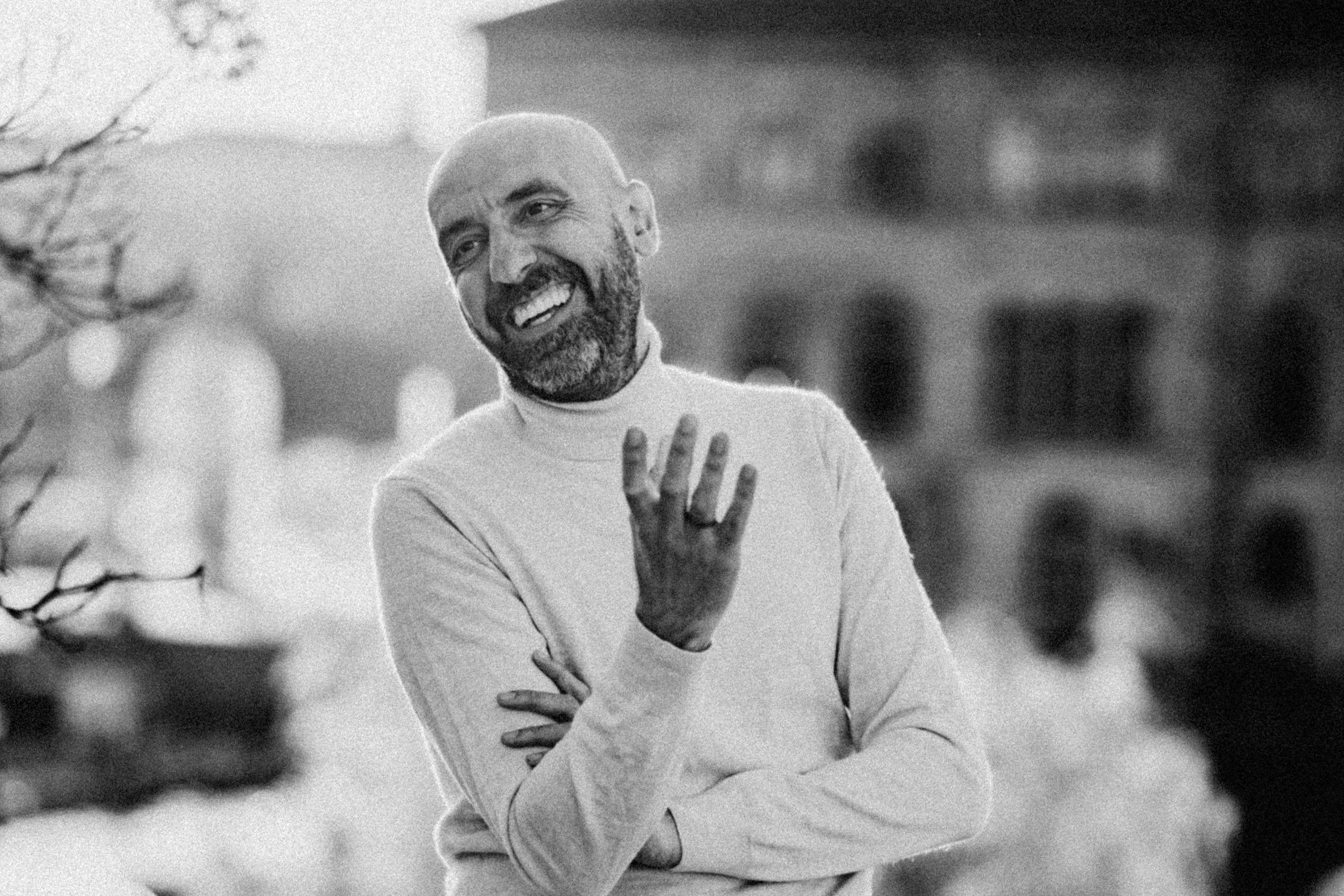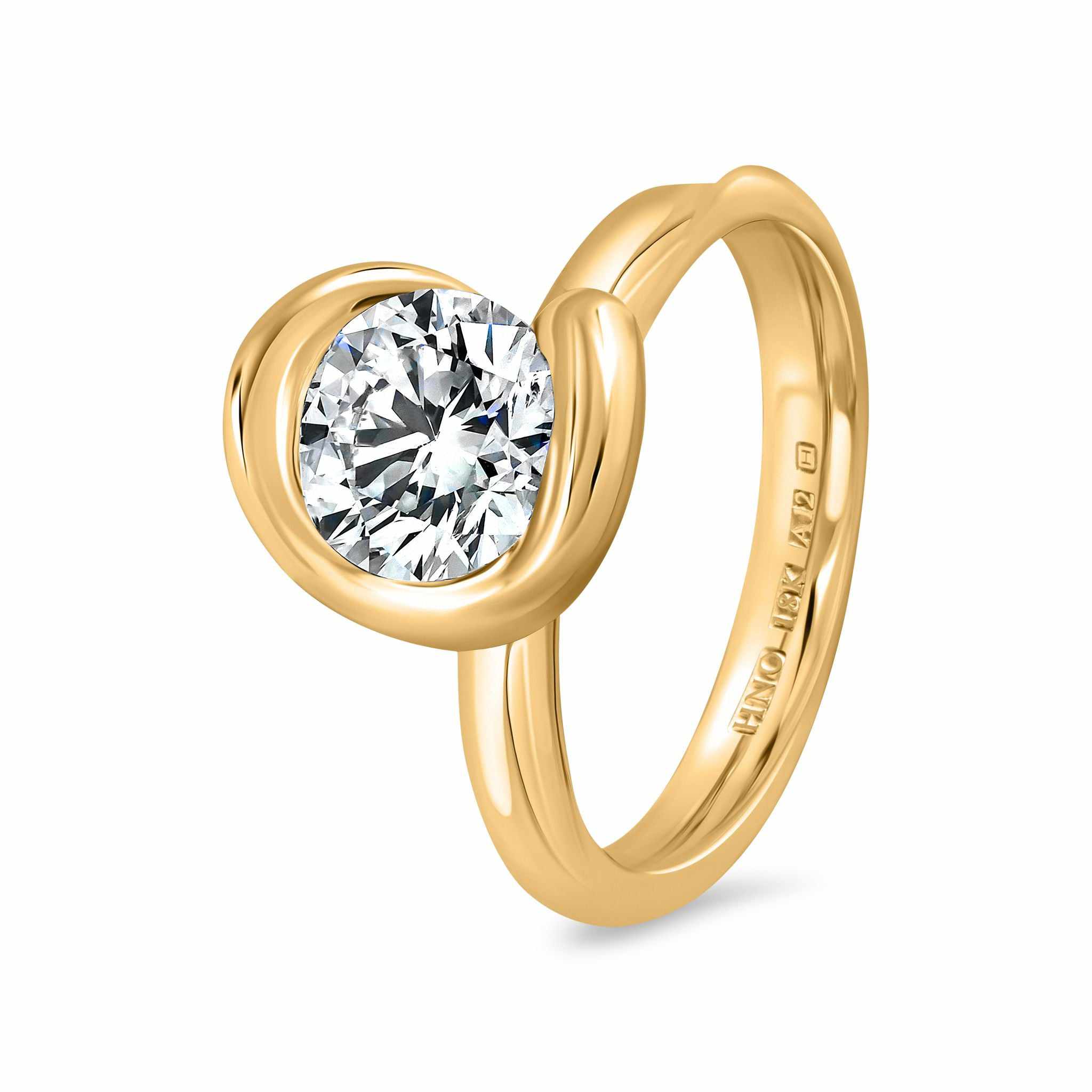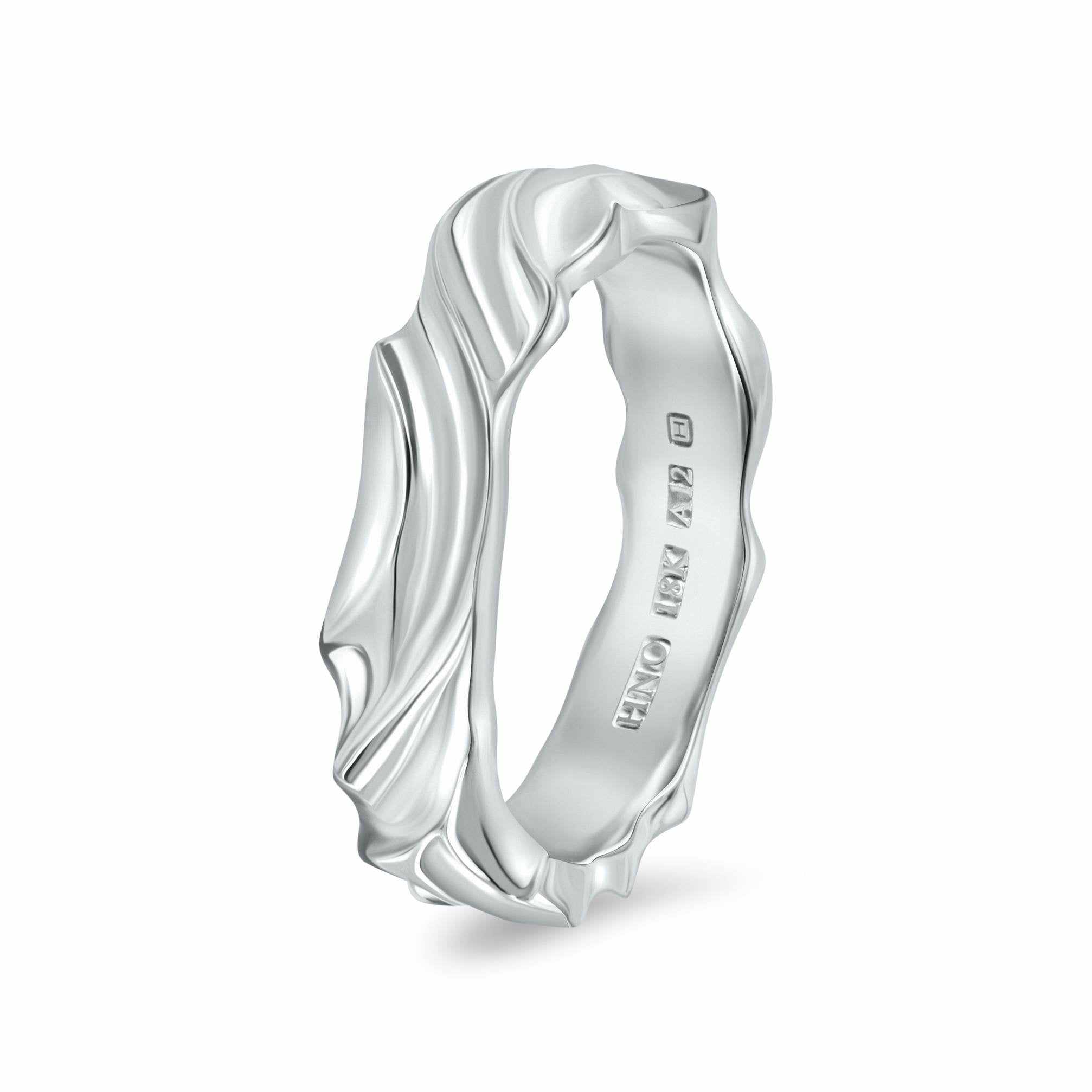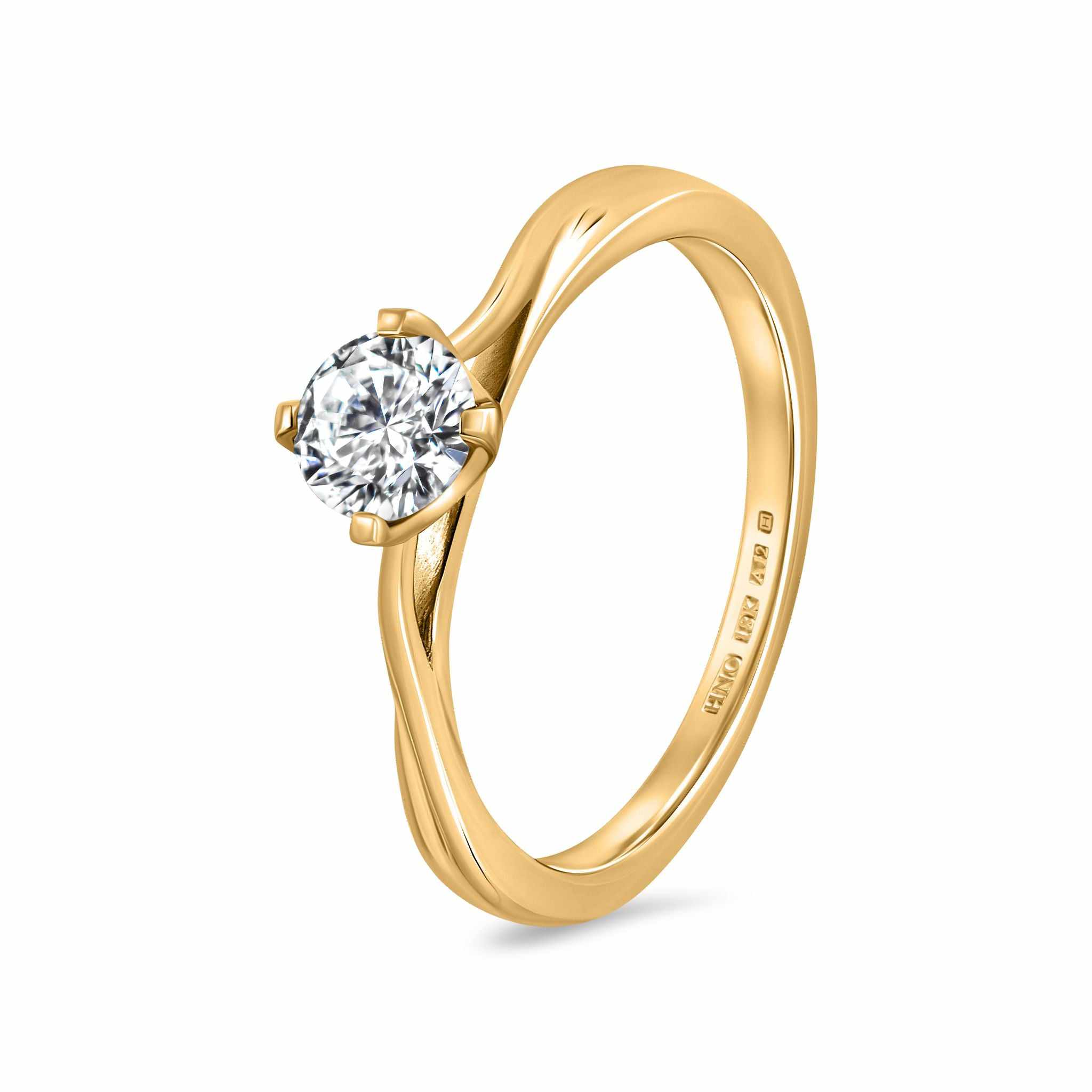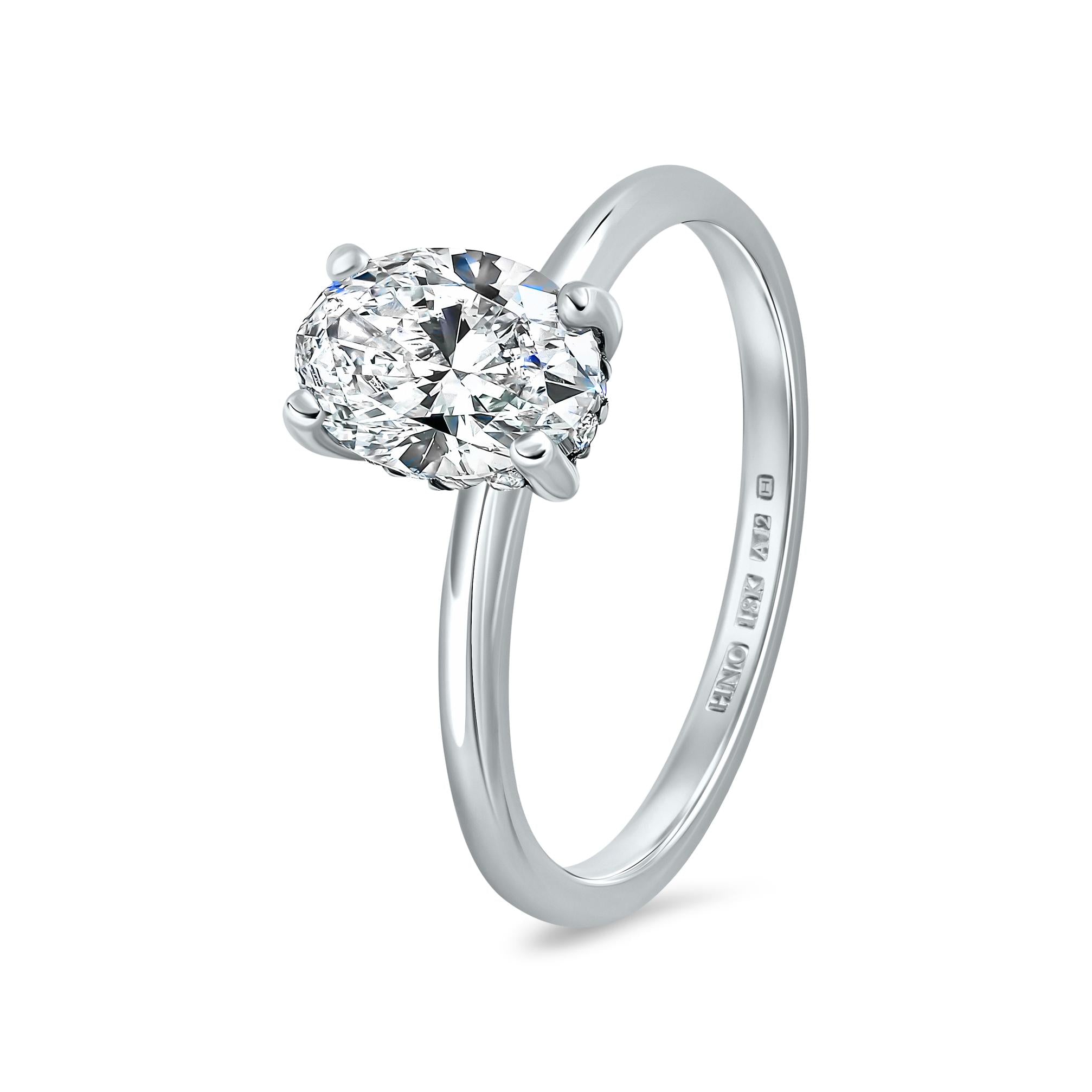Most of our diamonds are natural, but we can also provide lab-grown to whoever asks. They all (above 0.25 ct) come with certificate, mostly GIA or HRD.
What do you need to know before buying a diamond ring? Here are a few of important things:
Ask if the diamond is natural or lab grown.
They have different properties (man made vs. nature made, billion years old vs. a few weeks old) and represent different values.
Always ask for certificate no matter which one you choose.
All of our diamonds above 0.25 ct are provided with a certificate.
Ask for the right certificate.
Certificate from a store does not mean much… ask for these certificates to be on the safe side: GIA, HRD for natural diamonds or IGI - for lab grown diamonds.
Natural or lab grown?
Which diamond to choose? It’s a though one. I can’t answer you this. It is a personal choice and there is no right or wrong. They look the same in matter of shapes, colours and clarity. Only a professional gemologist can tell the difference. It is not visible to the regular eye. Keep in mind that the lab grown ones are about 30% cheaper.
Ask if the diamond has the serial number laser engraved inside the stone.
This number you can see yourself with a loupe 10x. There you can also see the difference between the lab grown and a natural diamond. There will be written LAB GROWN before the GIA xxx. The number will give you the certainty that the certificate you’re carrying refers to your stone and it has the features described. Below you can see an example of a laser inscription.
Look at the colour of the stone.
If you are looking for a white diamond than D is the whitest on a scale in alphabetic order. Do not go bellow K… G is in the middle and has a good colour for its price. That’s the stone I usually recommend, because you’re getting a good value for the money.
There are also colourful diamonds, but it’s a broad subjects and I will write a dedicated post for them. Briefly I can tell you it’s a personal matter, but the colours range from black, blue, pink, yellow, green, orange…so there’s a lot to choose from.

Look for the clarity.
IF is the cleanest stone. Than there’s VVS (very very small inclusions), VS (very small inclusion), and than SI (small inclusion). There is SI1, SI2… I personally recommend you do not go bellow SI2.
Look for the cut.
They scale from excellent, very good, good, poor. Excellent is obviously the best and I do not recommend you go bellow good. It is important for the shininess of the diamond.
Look for the shape.
There are different types of cuts in therms of shapes such as princess, cushion, heart, pear, marquise, radiant, asscher, emerald, oval.
Look if the stone has fluorescence.
Fluorescence can be seen under UV light. None is preferable, but sometimes it is not bad to have strong fluorescence… It depends on the clarity and colour. It’s a matter of taste and what you are after.
Look for the right boutique.
Look for the honest store where you feel comfortable and where preferably you can meet the maker. Going to a big brand name does not necessarily mean that it is the best or that it is the best for you.
Feel for it.
Remember the natural diamonds are between one billion to three and a half billions years old!
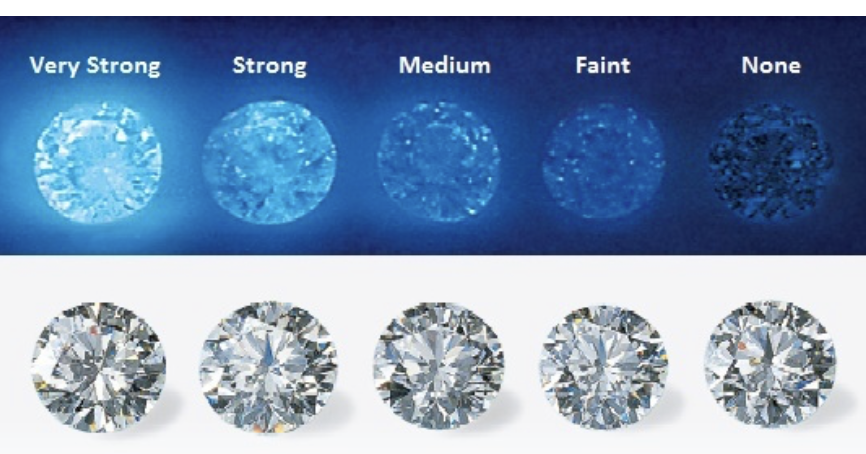
Hope this was helpful! You can ask more questions in the comments below or contact me via e-mail, Instagram, Facebook, WhatsApp and Youtube.
- S.H
